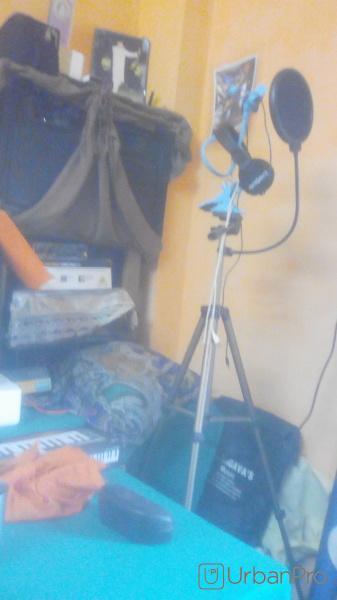Video Editing is a course designed to foster positive learning experiences while teaching the basic production and editing techniques of cinematography. The course is designed to involve students in the technological environment of both live and recorded video productions. It is a hands on course that involves active participation of the students working under time constraints of production deadlines for videos. Students will learn: proper camera framing, how to create a shot sequence, video editing in Adobe Premier, special effects in Adobe After Effects, the main elements of news packages and how to put one together, the importance of audio, story boarding and script writing, and operating Canon Rebel t3is. The class will provide practical knowledge for the student as well as problem solving skills, teamwork, and showcase creativity. Students will be expected to be active participants in all aspects of the productions and will be responsible for producing and keeping on record a portfolio of all their work for each segment of the school year. Portfolios will include written assignments, video or audio recordings of independent productions, and any aspect of a production that they are involved with. Portfolios will be checked at the end of every 9 weeks to make sure they are current and accurately reflect the volume and quality of the studentâ??s work.. Students are required to obtain a 8 GB flash drive and head phones, and are to bring them to class every day. Finished work will be aired on BVATV and may be submitted to the TVT Competition.
Course Objectives: By the end of this course, the successful student will be able to: 1. Learn and demonstrate competency in all aspects of broadcast productions. 2. Demonstrate competency in technical aspects of productions. 3. Interpret video footage for selective editing (storytelling). 4. Produce videos in a professional manner using digital non-linear editing techniques. 5. Use light and sound techniques to enhance video productions. Content Summary: 1. Organizational Strategies and Content Development 2. Studio & Field Camerawork (Techniques/Styles/Angles). 3. Studio & Field Production Techniques. 4. Video Editing Techniques. 5. Writing for Television. 6. Special Effects. 7. Ethical Considerations etc.










